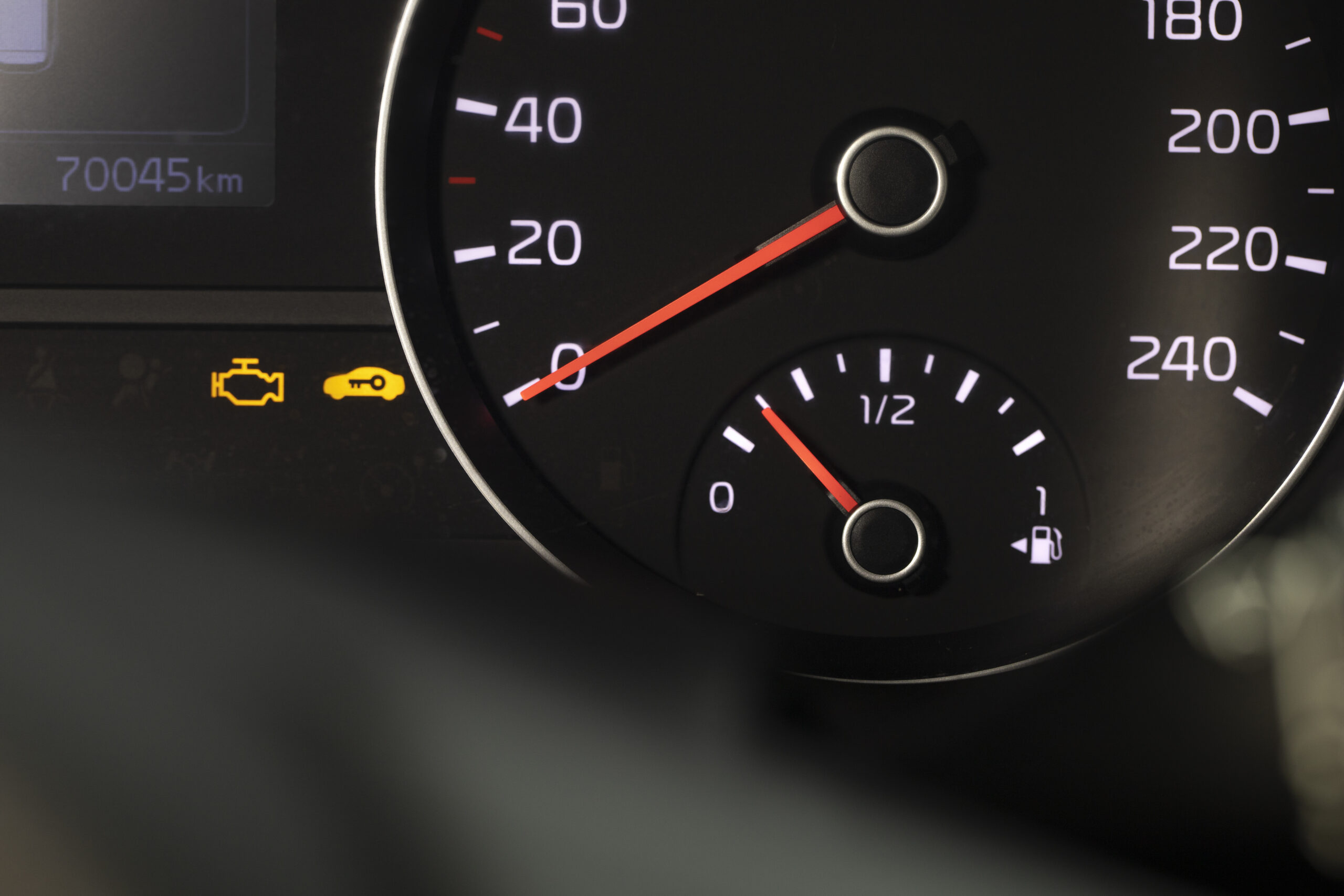While driving, one of the last things any car owner wants to see is the engine light flashing unexpectedly. It’s easy to feel alarmed, especially when you’re on the highway or in unfamiliar surroundings. Unlike a steady check engine light, which often signals a less urgent issue, a flashing engine light while driving typically means there’s a serious problem that needs immediate attention.
Understanding why this happens, what to do next, and how to prevent it in the future can save you from costly repairs and breakdowns.
What Does a Flashing Engine Light Mean?
The check engine light is part of your vehicle’s onboard diagnostic system (OBD-II). When it blinks instead of staying solid, it’s often warning you of a severe engine misfire. This means unburned fuel might be entering the exhaust system, which can damage the catalytic converter, a costly component to replace.
This is not something to ignore. A flashing light isn’t a suggestion; it’s a warning.
Is It Safe to Keep Driving?
No, it’s generally not safe. Driving with a flashing engine light can worsen the problem within minutes. If your engine is misfiring, you could face further damage to internal parts or even a complete engine failure.
The best practice is to:
- Slow down safely
- Pull over
- Turn off the engine if needed
- Call a professional or roadside assistance
Common Causes of an Engine Light Flashing While Driving
There are several possible reasons why this might happen. While only a diagnostic scan can give you the exact cause, here are the most common culprits:
- Faulty spark plugs or ignition coils
- Failing fuel injectors
- Clogged or broken catalytic converter
- Low engine compression
- Malfunctioning oxygen sensors
- Issues with the mass airflow sensor
Each of these can contribute to poor combustion or misfiring, which sets off the flashing warning.
What Should You Do Immediately?
If your engine light begins flashing while you’re driving, follow these steps:
- Ease off the gas pedal – Avoid accelerating or putting stress on the engine.
- Find a safe place to pull over.
- Check your dashboard for other warning signs (e.g., overheating, oil pressure).
- Listen for knocking or strange sounds.
- Call a trusted mechanic if you’re unsure.
If you’re near a service center like AutoZone, O’Reilly Auto Parts, or Advance Auto Parts, they often offer free OBD-II diagnostic scans. These can help identify the exact trouble code causing the engine light to flash.
Can You Fix It Yourself?
That depends on the issue. If it’s something simple like a loose gas cap (rare with flashing lights, but possible), you can handle it. However, most flashing-light causes are not DIY-friendly, especially if you’re not experienced with automotive repair.
It’s better to avoid experimenting. Misdiagnosis or delayed repair can lead to more damage, especially to parts like the catalytic converter or ignition system.
When Should You Call a Mechanic?
You should contact a professional immediately if:
- The flashing continues even after restarting the car
- The vehicle shakes, stalls, or loses power
- You smell fuel or burning from under the hood
- You hear popping or knocking sounds
These signs suggest more serious internal engine damage or electrical faults. Delaying service could multiply your repair bill dramatically.
Reliable Sources for Automotive Help
Websites like YourMechanic, RepairPal, and MechanicBase offer detailed guides, repair estimates, and step-by-step explanations. While not a substitute for a certified mechanic, they can help you understand the basics of what’s going wrong.
You may also find broader vehicle system knowledge on sites like Wikipedia’s Check Engine Light article, which explains how the warning system developed and what it typically monitors in modern vehicles.
Preventive Tips to Avoid Future Flashing Lights
To reduce the chances of facing this problem again, follow these tips:
- Change spark plugs on schedule (every 30k–100k miles depending on car type)
- Keep up with oil changes and fluid top-ups
- Use quality fuel to prevent buildup and injector problems
- Inspect ignition coils and wires annually
- Tighten your gas cap properly after fueling
- Listen to your car, strange sounds are often early warnings
Consistent maintenance is the best investment in your car’s health. Many engine problems can be avoided entirely through timely service.
Final Recommendation
If you see your engine light flashing while driving, treat it like a red alert. Don’t wait until it becomes an expensive repair or leaves you stranded. The smartest move is to slow down, get a quick diagnostic test, and speak to a mechanic you trust.





